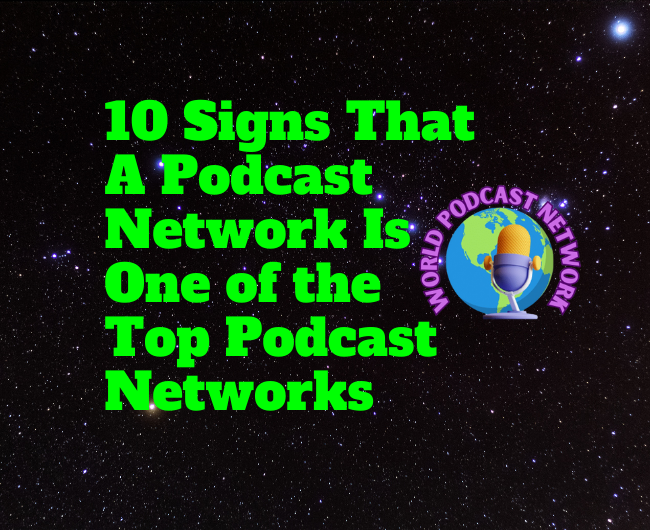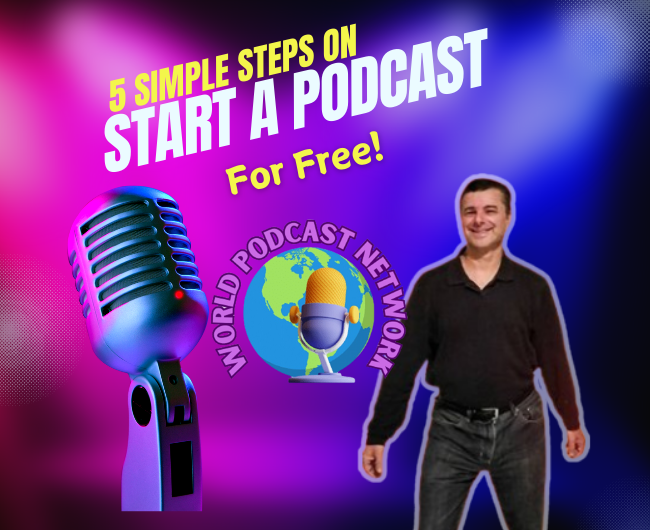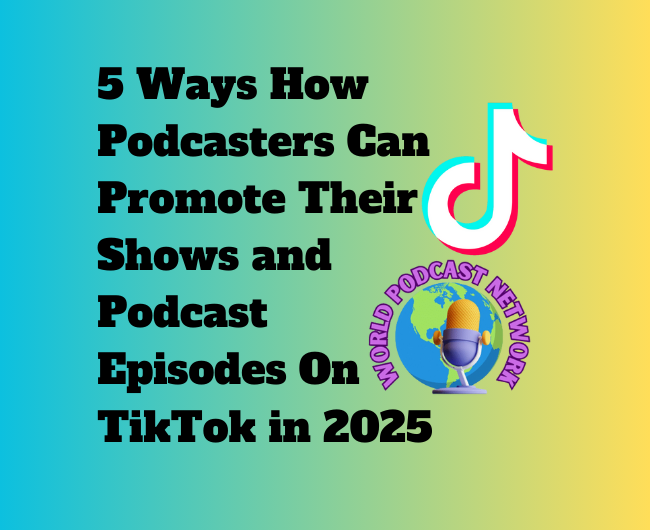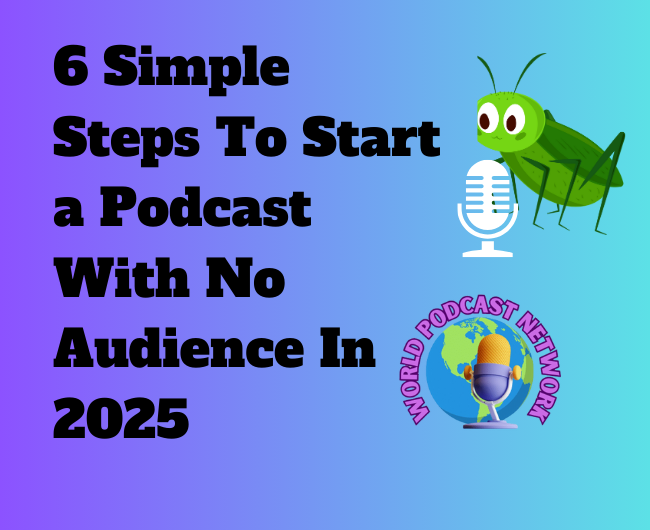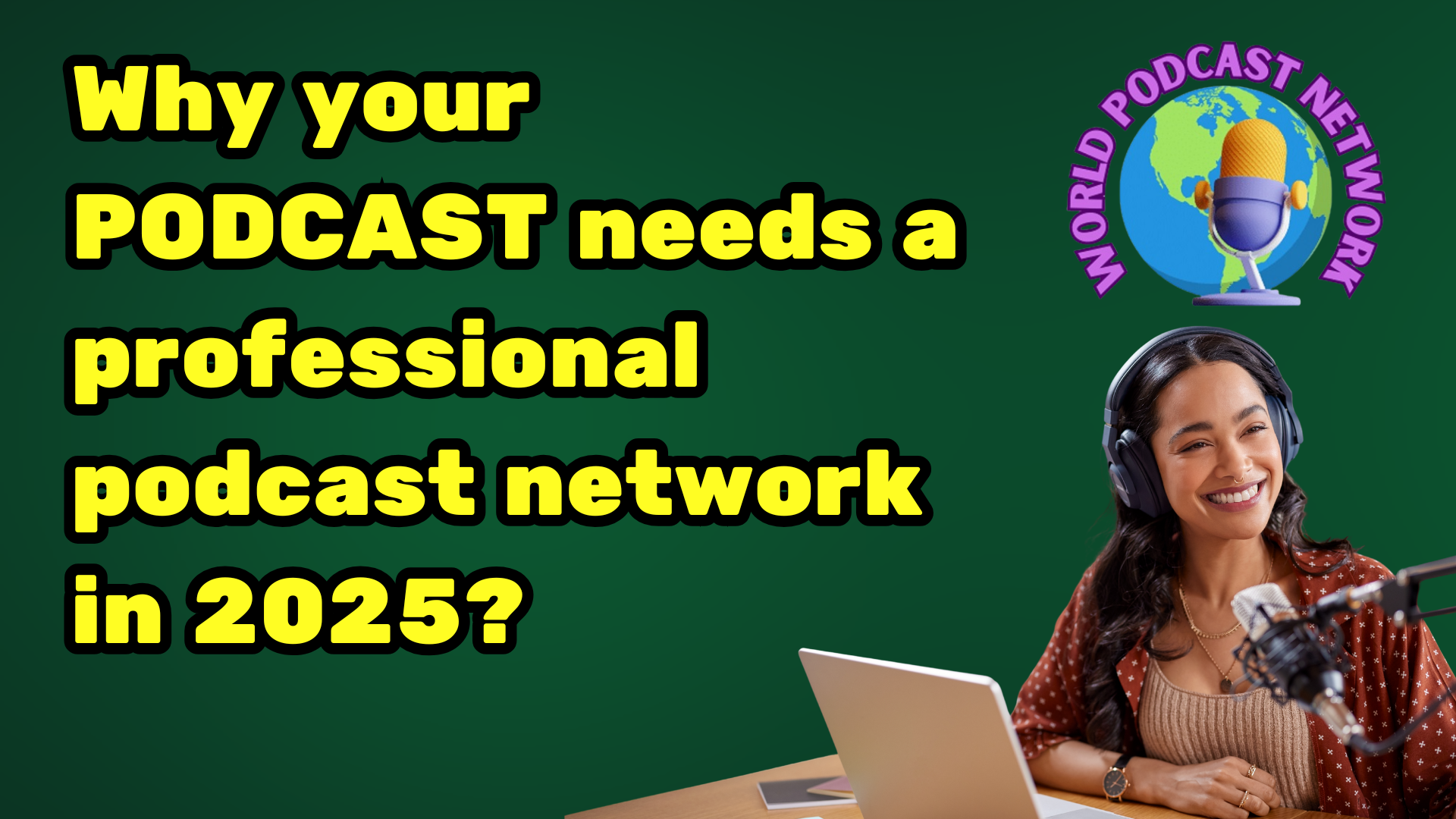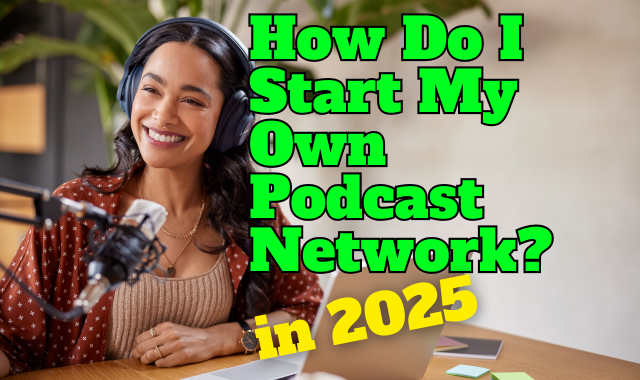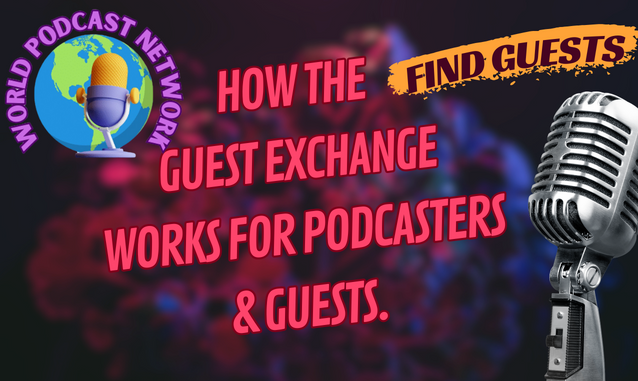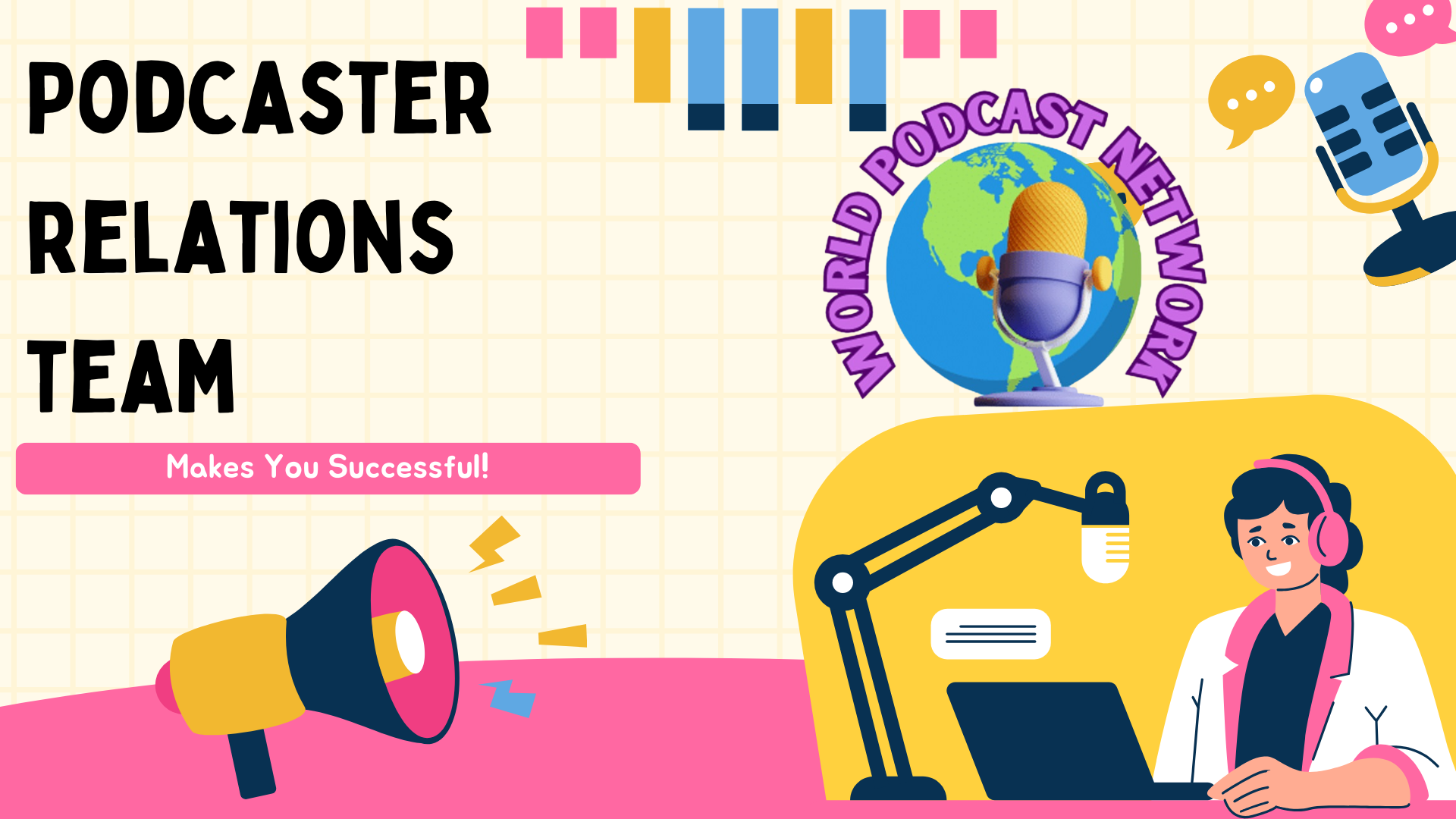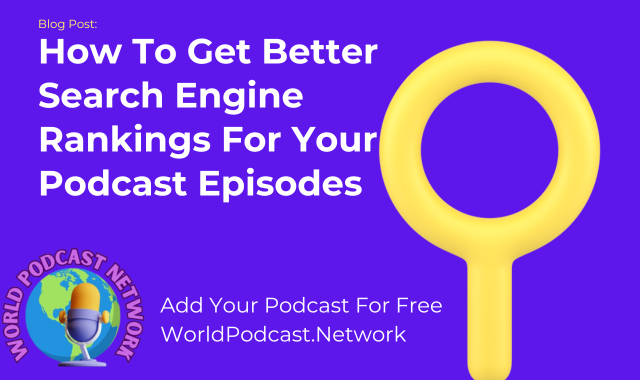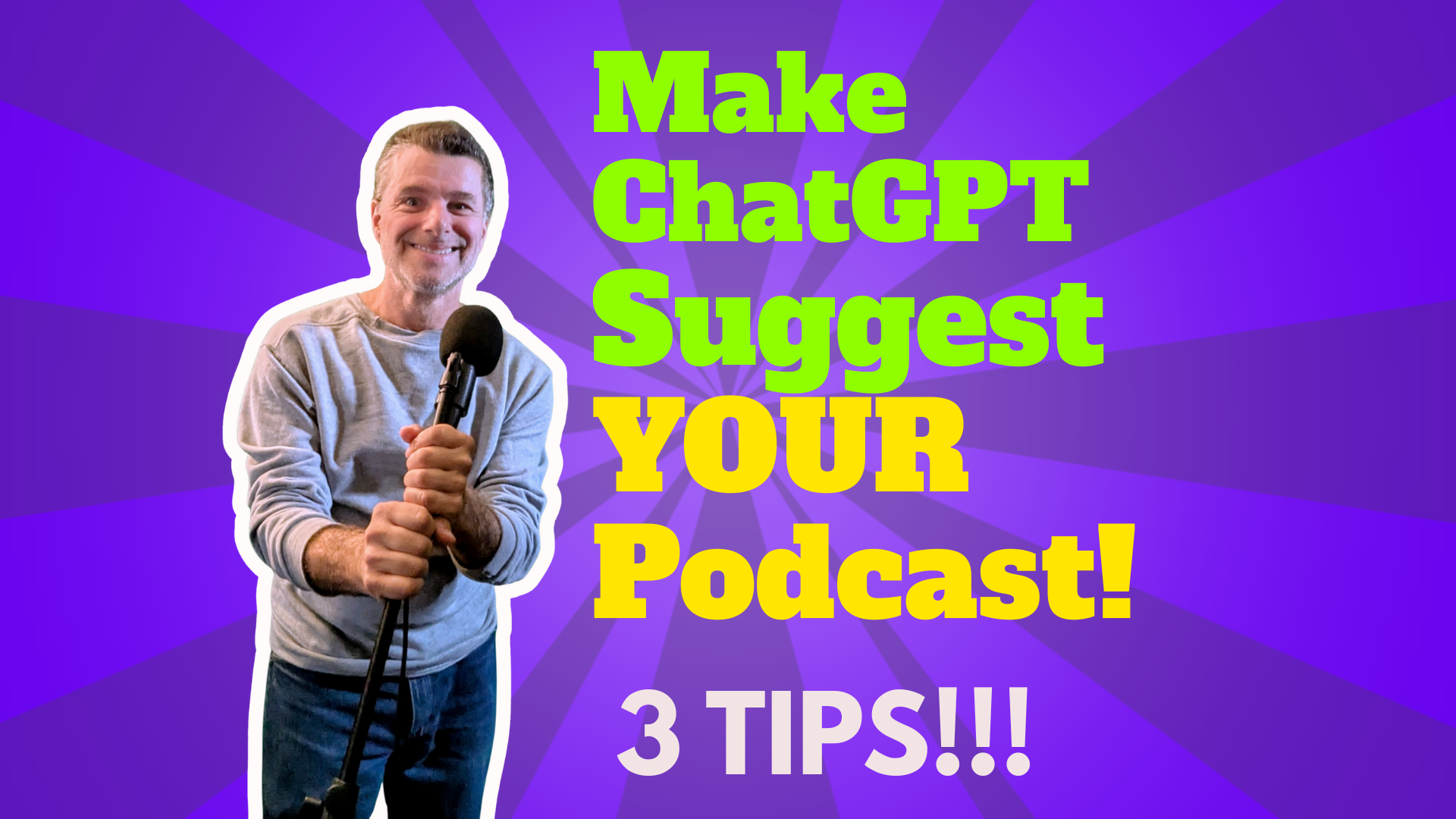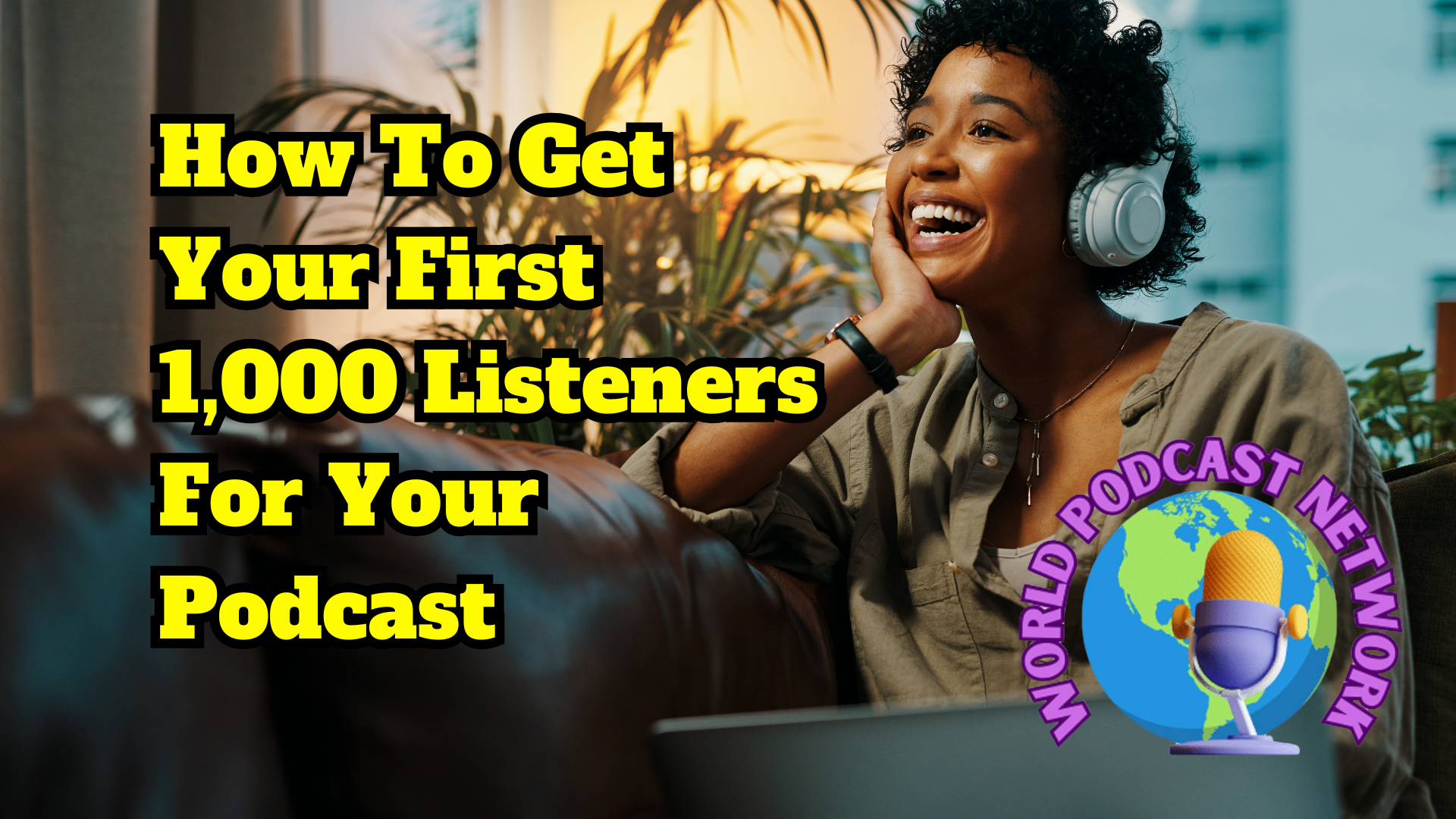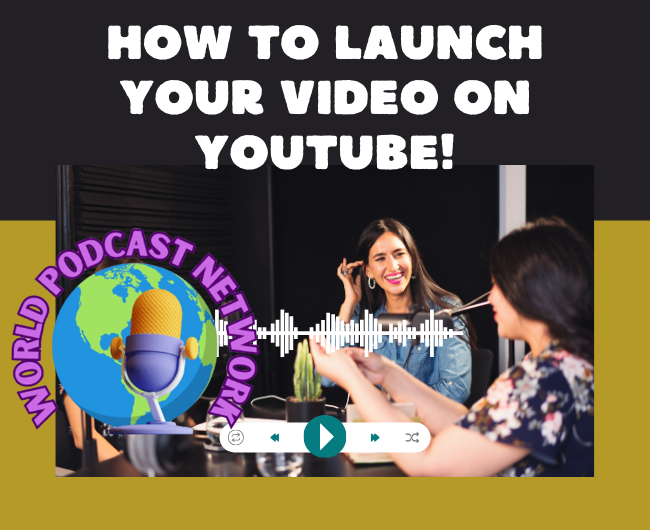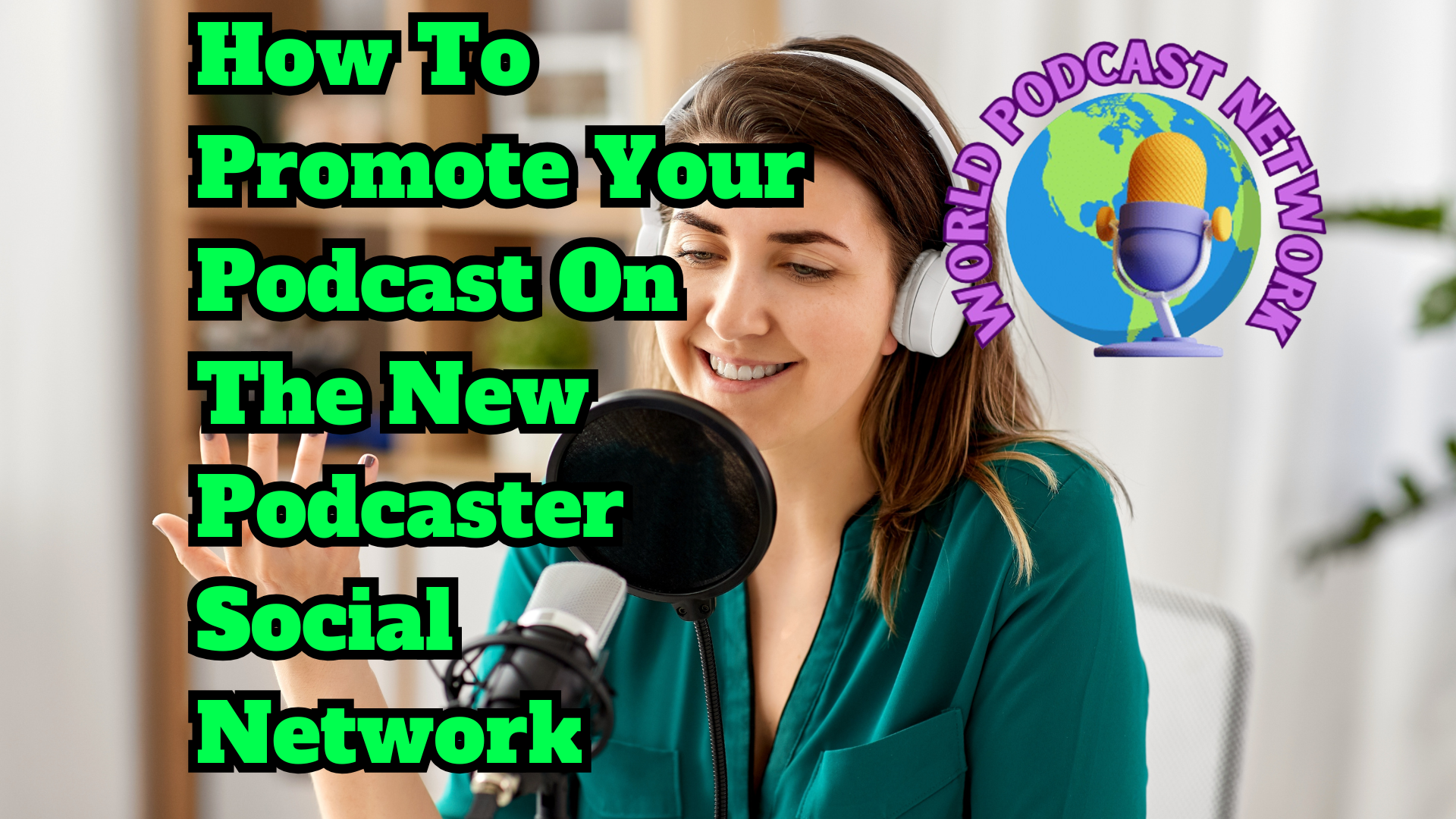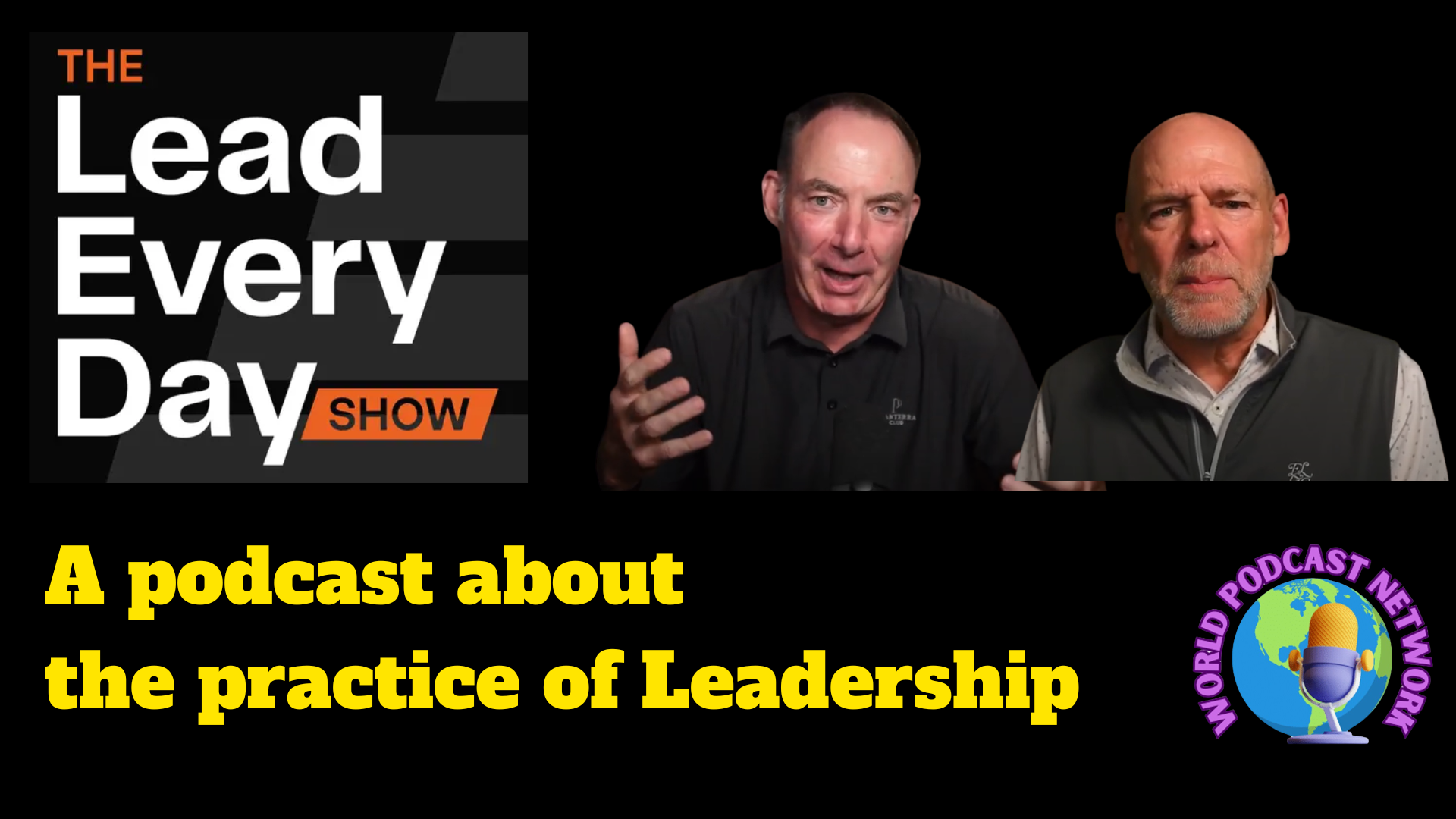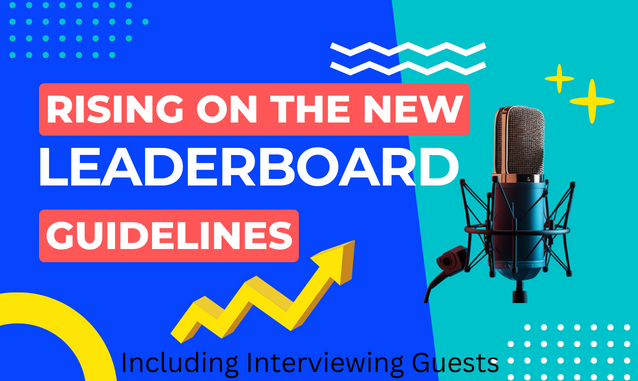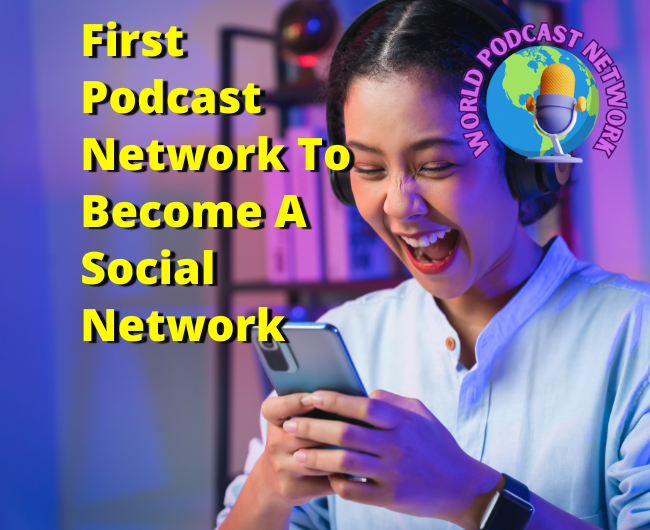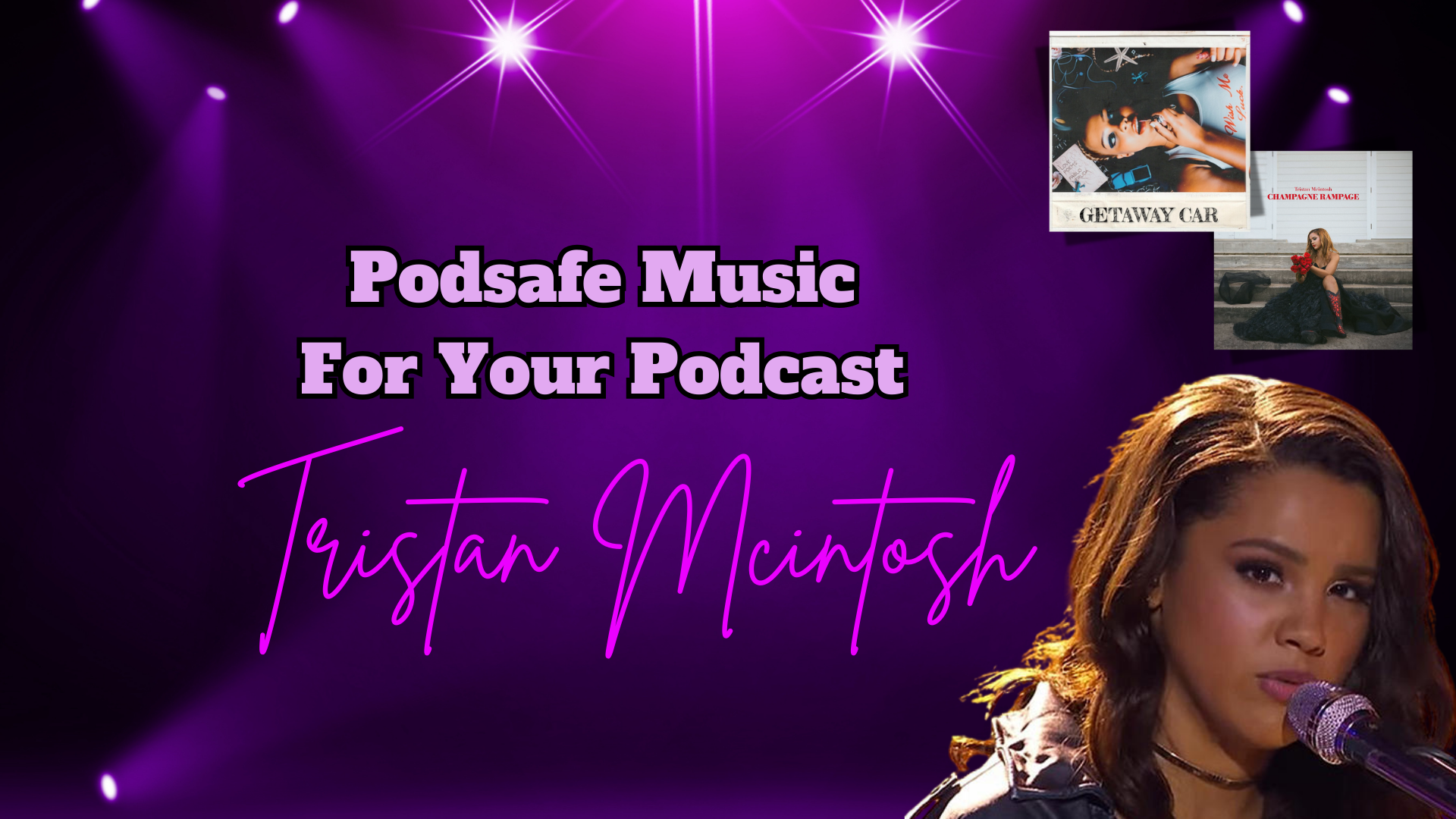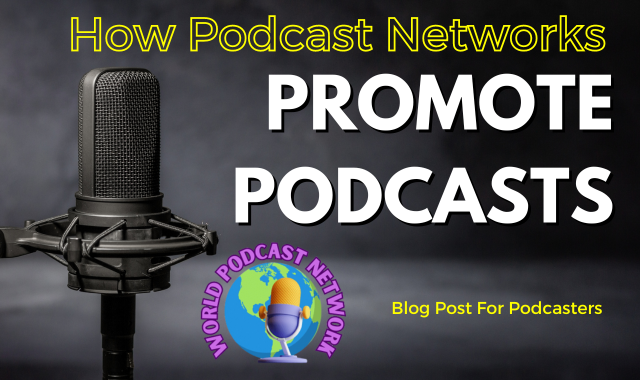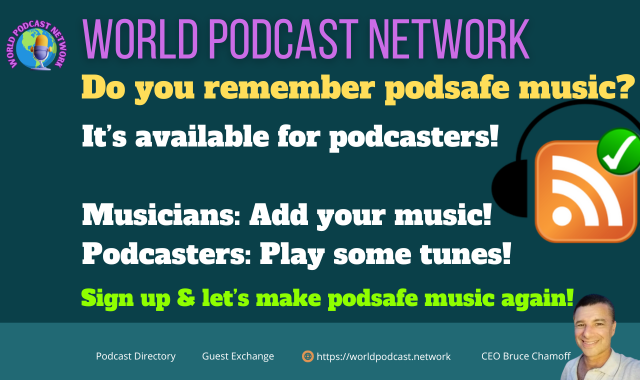How to Get ChatGPT to Recommend Your Podcast (10 Practical Steps)
If someone types their problem into ChatGPT and your podcast is a real solution, your show should be one of the answers. This guide shows you how to shape your content, pages, and keywords so assistants confidently point listeners to your episodes. Start by browsing the Podcaster Blog and adding your show to the Podcast Directory.
Throughout the article, you’ll find links to helpful WPN sections including the Podcast Guest Exchange and About the World Podcast Network—each designed to help you turn problem‑solving topics into discoverable episodes.
- 1. Define a Problem-First Promise
- 2. Map Search Intent to Specific Episodes
- 3. Structure Answers the Way ChatGPT Responds
- 4. Use Long-Tail, Solution Keywords
- 5. Write Show Notes as Mini Help Articles
- 6. Publish FAQ and How-To Pages That Link to Episodes
- 7. Add Timestamps, Transcripts, and Checklists
- 8. Show Proof, Outcomes, and Testimonials
- 9. Add Schema Markup and Clean Page Structure
- 10. Build Prompt-Worthy Authority with Consistency
1. Define a Problem-First Promise
When people ask questions, assistants don’t start with your brand—they start with a problem. Write a one‑sentence promise that makes your show the obvious next step: “If you’re struggling with X, this episode shows you how to get to Y in Z steps.” Put that promise at the top of episode pages, in your show notes, and in the first 15 seconds of the audio.
Spell out the transformation in plain English. Avoid jargon and clever taglines. The clearer the transformation, the easier it is for ChatGPT to match your content to a user’s intent. Repeat the promise near the end with a CTA to listen and subscribe.
On your site, dedicate a short paragraph above the player that states the problem, the outcome, and who this episode is for. Link internally to related episodes and to your podcast profile on the WPN Directory so assistants see a consistent topic footprint. Explore playbooks on the WPN Blog.
Topical authority tip: add one related episode, one supporting article on the WPN Blog, and link your WPN Directory profile.
2. Map Search Intent to Specific Episodes
List the top twenty questions your ideal listener asks (use your DMs, emails, and reviews). Map each question to a single episode. Rename titles so the question and the outcome appear together—e.g., “How to Start a Podcast in 7 Days (Without Fancy Gear).”
Inside each page, answer the question in the first paragraph, then “route” the reader to timestamps where the deeper explanation starts. Assistants can quote that paragraph and comfortably recommend the episode because it resolves the question directly.
Create an “Answers” hub that groups questions by theme and links to episodes. Publish the hub and cross‑link it from your author page on the WPN Blog. Organize your show inside the WPN Directory to strengthen topical clusters.
Topical authority tip: add one related episode, one supporting article on the WPN Blog, and link your WPN Directory profile.
3. Structure Answers the Way ChatGPT Responds
ChatGPT tends to format solutions as Q→A→Action. Mirror that pattern. Start with the question in bold, give a tight answer in 3–5 sentences, and finish with a specific action: “Listen to Episode 42 for a step‑by‑step checklist and downloadable template.”
Include quick wins inside each page—bulleted steps, definitions, or a one‑minute clip. Assistants can cite these verbatim to build trust. The easier you make it to borrow your phrasing, the more likely your episode becomes the recommended resource.
Where relevant, add a short text block for beginners and another for advanced listeners. Invite qualified guests via the WPN Podcast Guest Exchange to deepen expertise and earn citations.
Topical authority tip: add one related episode, one supporting article on the WPN Blog, and link your WPN Directory profile.
4. Use Long-Tail, Solution Keywords
Use long‑tail, solution‑oriented keywords in titles, H2s, and the first 100 words of show notes. Think in phrases people type during the problem moment: “how to get better audio in a noisy apartment,” “questions to ask a podcast guest,” or “free podcast launch checklist.”
Include synonyms and variations inside the page body, but keep the language natural. Assistants reward clarity, not keyword stuffing. Use 1–2 high‑intent phrases per page and support them with sub‑topics that appear in your timestamps.
Add a “Recommended next listen” block with two internal episode links and one link to your related article on the WPN Blog. Keep your Directory profile updated for stronger entity signals.
Topical authority tip: add one related episode, one supporting article on the WPN Blog, and link your WPN Directory profile.
5. Write Show Notes as Mini Help Articles
Turn show notes into small, standalone help articles. Start with the problem, provide a short answer, then list steps with timestamps that jump to the right moment in the audio. Add one image, a checklist, and links to resources you mention.
End each page with “If you need help with X, start with this episode” and a one‑sentence summary a virtual assistant can quote. Avoid cliffhangers; assistants prefer pages that resolve the question right there.
Cross‑link between show notes and blog articles on the WPN Blog, and point to your WPN Directory profile to consolidate authority.
Topical authority tip: add one related episode, one supporting article on the WPN Blog, and link your WPN Directory profile.
6. Publish FAQ and How-To Pages That Link to Episodes
Create a public FAQ hub with short, direct answers. Each answer should be 80–150 words, end with an action, and link to a specific episode. These pages tend to earn citations, which makes assistants more confident recommending your content.
Pair each FAQ with a how‑to page that expands the topic and embeds the player. Make the “listen next” pathway obvious with a button, not just a link. This improves conversions from assistant traffic.
Add a “More answers” link back to the WPN Blog. When appropriate, point readers to the Podcast Guest Exchange for expert sourcing.
Topical authority tip: add one related episode, one supporting article on the WPN Blog, and link your WPN Directory profile.
7. Add Timestamps, Transcripts, and Checklists
Assistants love structure. Provide a clean transcript, labeled speakers, and a table of contents with timestamps. Add downloadable checklists and templates. The more scannable your page, the more confidently assistants can surface the exact portion a user needs.
Use headings every 200–300 words. Keep sentences straightforward and avoid filler. If you make claims, add a one‑line source or quote inside the notes so assistants can attribute you properly.
Export audio chapters and mirror them in HTML anchor links. Add “Related resources” linking to your guides on the WPN Blog and your Directory profile.
Topical authority tip: add one related episode, one supporting article on the WPN Blog, and link your WPN Directory profile.
8. Show Proof, Outcomes, and Testimonials
Include proof: results from your audience, screenshots (with permission), and short quotes that summarize outcomes. If a beginner went from zero to ten episodes in a month, say so and describe how your advice helped.
Use one sentence the assistant can lift as evidence: “After following this episode, I recorded my first show in a weekend and got five reviews.” That’s the kind of line ChatGPT can cite while recommending you.
Invite listeners to submit outcomes you can feature on the WPN Blog. Link those highlights from your Directory profile for social proof.
Topical authority tip: add one related episode, one supporting article on the WPN Blog, and link your WPN Directory profile.
9. Add Schema Markup and Clean Page Structure
Help machines understand your pages. Use descriptive titles, clean headings, and alt text that reflects the problem you solve. Where appropriate, add PodcastEpisode schema to episode pages and FAQPage schema to your FAQ hub.
Keep pages fast, mobile‑friendly, and free of intrusive pop‑ups. Assistants tend to favor resources that load quickly and present answers without friction.
Use simple URLs (e.g., /how-to-fix-muddy-audio) and interlink related pieces. Finish with a short “About” blurb that links to About WPN for entity reinforcement.
Topical authority tip: add one related episode, one supporting article on the WPN Blog, and link your WPN Directory profile.
About Bruce Chamoff & the World Podcast Network
Bruce Chamoff is the founder and CEO of the World Podcast Network (WPN), a platform built to help podcasters grow faster with practical education, powerful promotion, and a supportive community. After years of building websites, writing music, and advising creators, Bruce launched WPN to connect problem‑solving podcasts with the audiences who need them most. Today, the network features a dynamic directory, expert blog, guest exchange, and innovative ranking tools that spotlight episodes people actually want to hear.
If you’re a podcaster who wants more listeners, better monetization, and clearer strategy, explore the Podcaster Blog, add your show to the WPN Directory, and join our community via the Podcast Guest Exchange.





